Планируете свой контейнер с электрическими рикшами? Количество единиц, которые вы устанавливаете, напрямую влияет на стоимость доставки за единицу. Неправильный расчет может оказаться дорогостоящей ошибкой для вашего бизнеса.
Стандартный 40-футовый контейнер High Cube (40HQ) обычно вмещает 25-30 электрических рикш, упакованных в комплекты SKD (полуразборные). В более разобранных комплектах CKD (полностью разобранных) вы можете разместить около 35 единиц. Окончательное количество всегда зависит от размера модели.
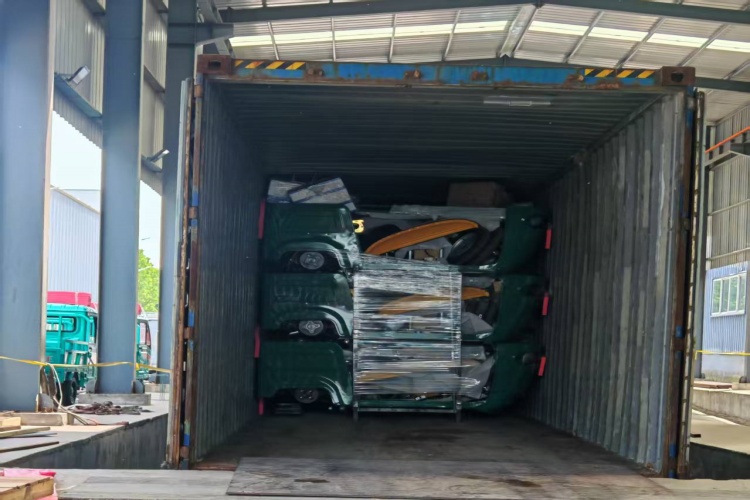
Это один из первых вопросов, которые я получаю от каждого нового партнера B2B, от дистрибьюторов на Филиппинах до менеджеров проектов в Нигерии. Им нужно знать цифры, чтобы рассчитать свои приземленная стоимость и розничные цены. Ответ заключается не только в том, чтобы поместить как можно больше устройств в стальной ящик. Речь идет о балансе продуманной упаковки, дизайна автомобиля и безопасности. Как завод, который ежемесячно отгружает контейнеры с этими автомобилями, мы усовершенствовали этот процесс. Позвольте мне рассказать вам, как мы рассчитываем грузоподъемность и что вам нужно знать, чтобы сделать свой импортный бизнес более прибыльным.
Сколько электрических такси-рикш можно загрузить в 40HQ?
Для вашего бизнес-плана вам нужны точные цифры, но разные фабрики дают вам разные расценки. Это затрудняет сравнение поставщиков и расчет реальной стоимости одного автомобиля.
Для стандартной рикши 1 водитель + 3 пассажира в контейнере 40HQ помещается 25-30 единиц при крупноузловой упаковке или до 35 единиц при крупноузловой упаковке. Более крупные пассажирские модели 1+6 вмещают около 15-20 единиц, упакованных в крупноузловую комплектацию.
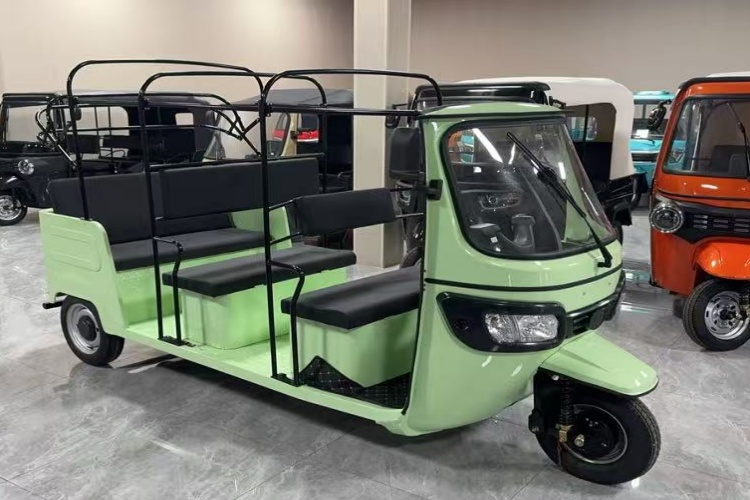
Важнейшим фактором является способ упаковки. Мы практически никогда не отгружаем эти машины в собранном виде, даже в единичном экземпляре. Двумя основными методами являются SKD и CKD.
- SKD (полуразборный): Это наиболее распространенный метод. Мы снимаем колеса, переднюю вилку, кабину и навес, но основное шасси и задняя ось остаются практически нетронутыми. Клиенту требуется простая сборка на болтах. Он предлагает отличный баланс между количеством загрузки и простотой сборки.
- CKD (полностью в нокдауне): Этот метод предполагает гораздо большую разборку. Транспортное средство разбито на основные компоненты. Это позволяет загружать максимальное количество, но требует более квалифицированной рабочей силы и времени для сборки с вашей стороны.
Вот краткий справочник, основанный на опыте нашей фабрики:
| Модель автомобиля (пассажирский) | Метод упаковки | Юниты в контейнере 40HQ |
|---|---|---|
| 1 водитель + 3 пассажира | Рентгенограмма | 25-30 единиц |
| 1 водитель + 3 пассажира | ХБП | ~35 единиц |
| 1 водитель + 6 пассажиров | Рентгенограмма | 15-20 единиц |
Примечание о 20-футовых контейнерах: они вмещают вдвое меньше контейнеров 40HQ. Для поставок FCL (полная загрузка контейнера) 40HQ почти всегда более рентабельно за единицу.
Каковы стандартные методы упаковки и штабелирования для безопасного увеличения пространства контейнера?
Вы беспокоитесь, что ваши инвестиции будут повреждены во время долгого морского путешествия. Плохо упакованные рикши могут сдвинуться, поцарапаться или сломаться, что уничтожит вашу прибыль еще до того, как они прибудут.
Отраслевым стандартом является использование отдельных стальных или деревянных рам для каждого комплекта рикши. Эти рамы предназначены для штабелирования, обычно в две высоты, внутри контейнера. Это предотвращает перемещение и защищает детали, гарантируя, что все будет доставлено в целости и сохранности и организовано для легкой сборки.
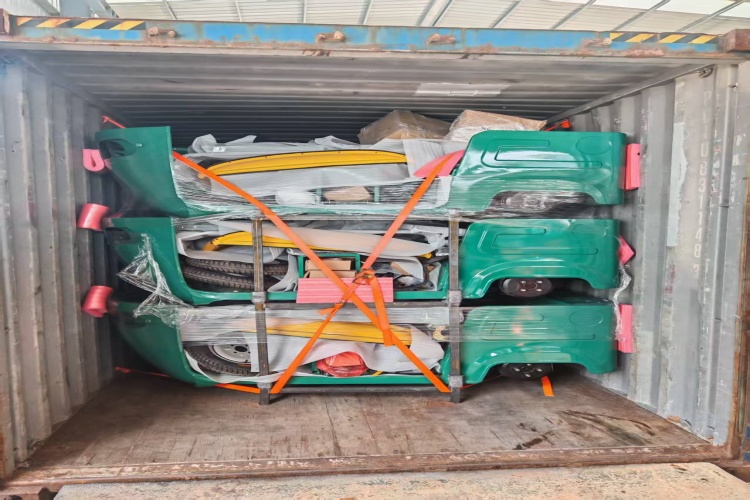
Безопасность – наш главный приоритет. Несколько дополнительных единиц ничего не стоят, если они придут сломанными. Вот почему мы изготавливаем металлические рамы по индивидуальному заказу для каждой рикши по экспортному заказу. Этот процесс носит методический характер. Мы разбираем рикшу, а затем каждая деталь этого транспортного средства помещается и закрепляется внутри собственной рамы. Основное шасси закреплено ремнями, кабина надежно закреплена, а более мелкие детали, такие как колеса и болты, упакованы и закреплены внутри той же рамы.
Этот метод делает две вещи. Во-первых, он создает защитную клетку вокруг вашей рикши. Во-вторых, эти рамы спроектированы так, чтобы их можно было штабелировать. Мы можем безопасно загружать одну раму поверх другой, максимально увеличивая вертикальное пространство в контейнере High Cube, не нагружая при этом сами детали автомобиля. Когда ваша команда выгружает контейнер, они просто вынимают одну раму за раз, и в каждой раме есть все компоненты, необходимые для сборки одной полноценной рикши. Это организовано, эффективно и, самое главное, безопасно.
Как размер рикши, конструкция навеса и колесная база влияют на количество и расположение груза?
Вы сравниваете разные модели рикш, но не знаете, как небольшой выбор дизайна повлияет на ваши расходы на доставку. Немного больший тент или более длинная рама могут значительно сократить объем загрузки.
Габариты автомобиля имеют решающее значение. Удлиненная колесная база или жесткий сварной фонарь занимают значительно больше объема, чем компактная модель со складным брезентовым верхом. Эти варианты дизайна могут сократить количество единиц в контейнере на 20–30 %, что напрямую влияет на стоимость единицы.
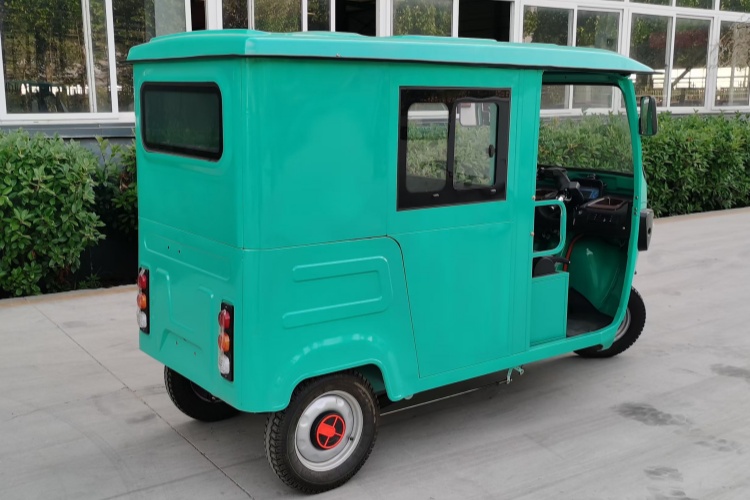
Это разговор, который я веду с клиентами постоянно. Окончательный объем загрузки зависит не только от SKD или CKD; речь идет о физическом объеме деталей. Более крупный автомобиль, например модель с пассажирской формулой 1+6, имеет более длинное шасси и колесную базу, что, естественно, требует большей упаковочной рамы. Вот почему их можно разместить только 15-20 по сравнению с 25-30 стандартными моделями 1+3.
Но менее очевидным фактором является навес. Этот выбор оказывает огромное влияние на громкость.
| Тип навеса | Описание | Влияние на объем загрузки |
|---|---|---|
| Сварной железный навес | Неподвижная жесткая крыша, приваренная к раме. | Очень громоздкий. Упаковочная рама должна быть достаточно высокой, чтобы вместить ее, что приводит к потере места. |
| Навес из холста/брезента | Тканевая крыша на простом, часто складном каркасе. | Очень экономичен. Раму можно сложить и упаковать в горизонтальном положении, что позволяет использовать упаковочную клетку гораздо короче. |
Выбор брезентового навеса вместо сварного может легко стать разницей между размещением 25 или 30 единиц в контейнере 40HQ. Мы всегда обсуждаем эти компромиссы в процессе заказа, чтобы помочь нашим клиентам найти наилучший баланс между функциями и стоимостью доставки.
Что экспортерам следует подготовить — например, деревянные рамы, крепления или защитные чехлы — для безопасной перевозки на большие расстояния?
You are trusting your supplier in China to pack your expensive order correctly. But what does "correctly" даже имею в виду? Вам нужно знать, о чем просить, чтобы обеспечить защиту ваших инвестиций.
Профессиональная фабрика все готовит. Сюда входят изготовленные по индивидуальному заказу стальные или деревянные упаковочные рамы, пузырчатая пленка или пенопласт для окрашенных деталей, а также прочные крепления для фиксации рамок внутри контейнера. Все детали одного трайка должны быть объединены в одну раму.
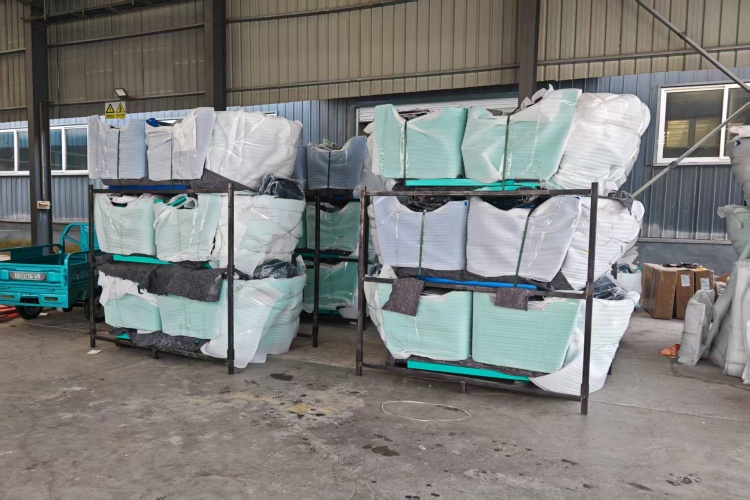
Для экспортера процесс упаковки и погрузки — это последнее рукопожатие с клиентом, прежде чем товар покинет наши руки. Оно должно быть идеальным. Это не место для ярлыков. Наша стандартная процедура представляет собой многоэтапный процесс. Сначала изготавливаются специальные стальные рамы. При разборке рикши каждую окрашенную деталь, как и корпус кабины, оборачивают защитной пеной или пузырчатой пленкой.
Как только все детали закреплены внутри рамы, она готова к погрузке. С помощью вилочного погрузчика аккуратно укладываем и укладываем рамы внутри контейнера. Последний, важный шаг – закрепление груза. Мы используем сверхпрочные ремни с храповым механизмом (стяжки) для крепления всего блока рам к внутренним точкам крепления контейнера. Это гарантирует, что ничто не сможет сдвинуться, соскользнуть или упасть даже во время бурного морского путешествия. Когда вы проверяете поставщика, попросите показать фотографии процесса упаковки. Это необсуждаемый шаг для любого серьезного экспортера.
Заключение
Максимизация загрузки вашего контейнера — это сочетание упаковки SKD/CKD, продуманного выбора модели и надежного каркаса. Правильное планирование на вашем заводе напрямую снижает затраты на единицу продукции и обеспечивает безопасное прибытие.

